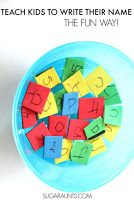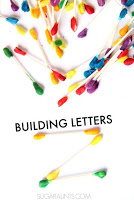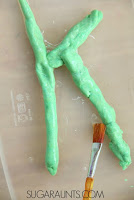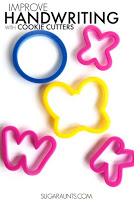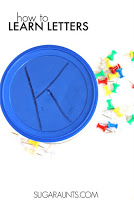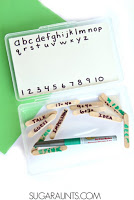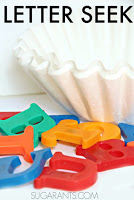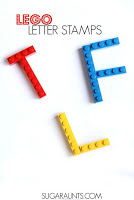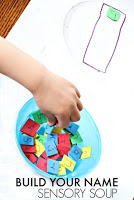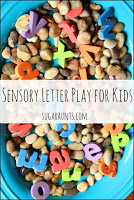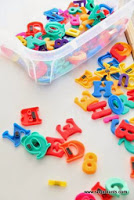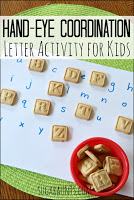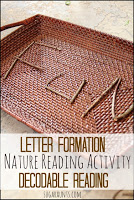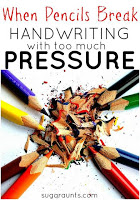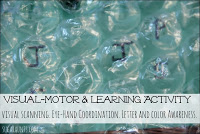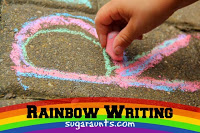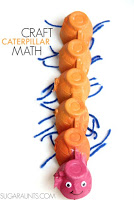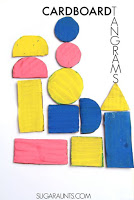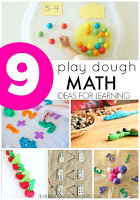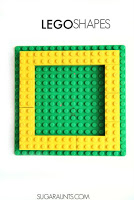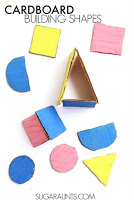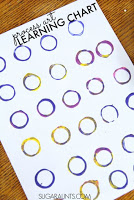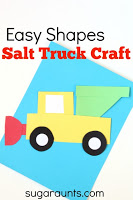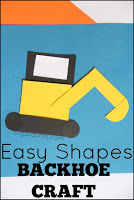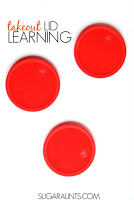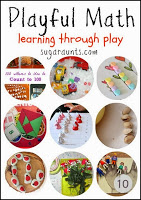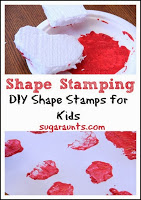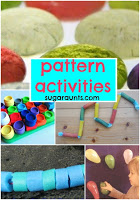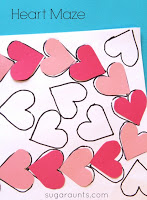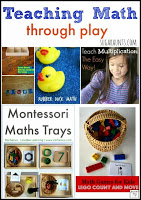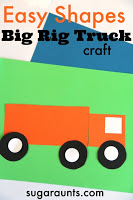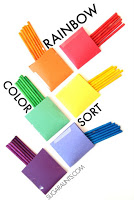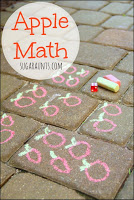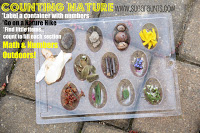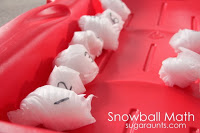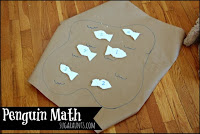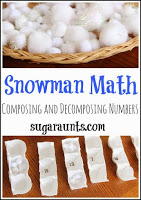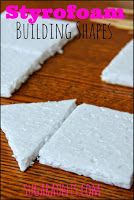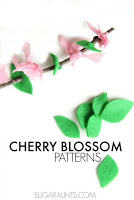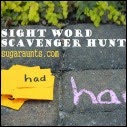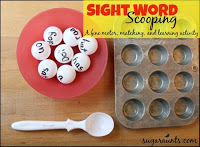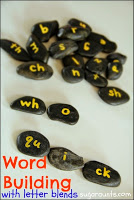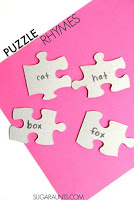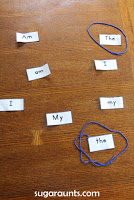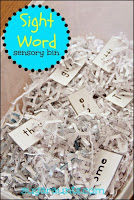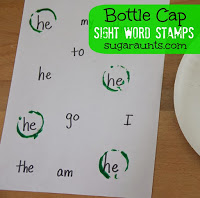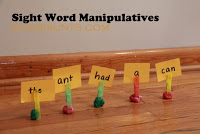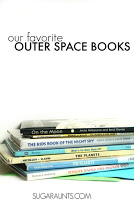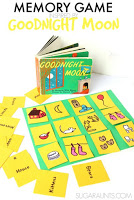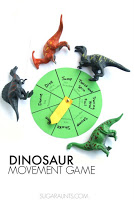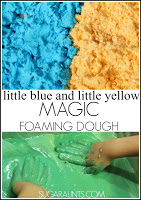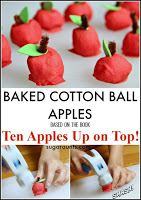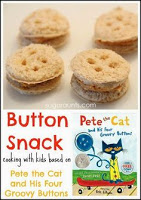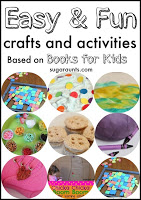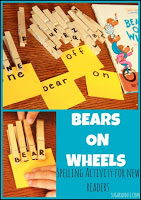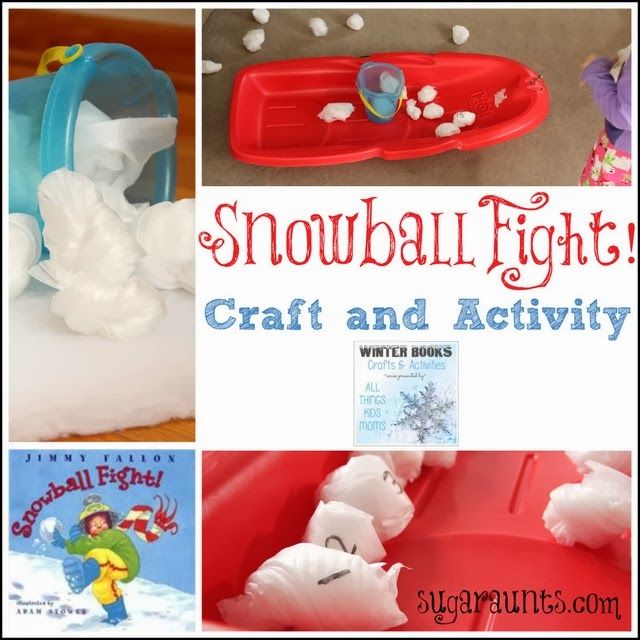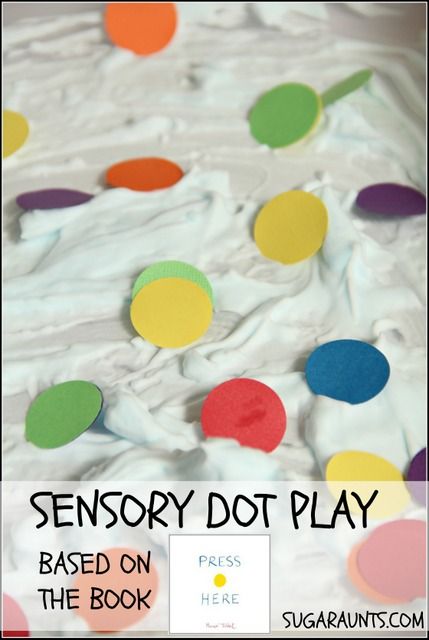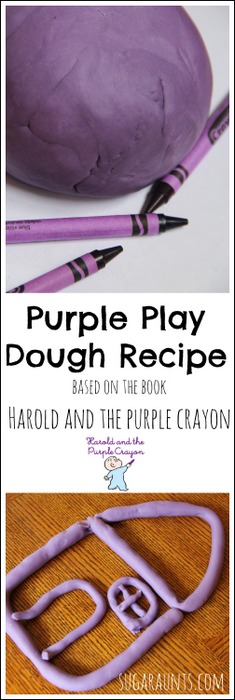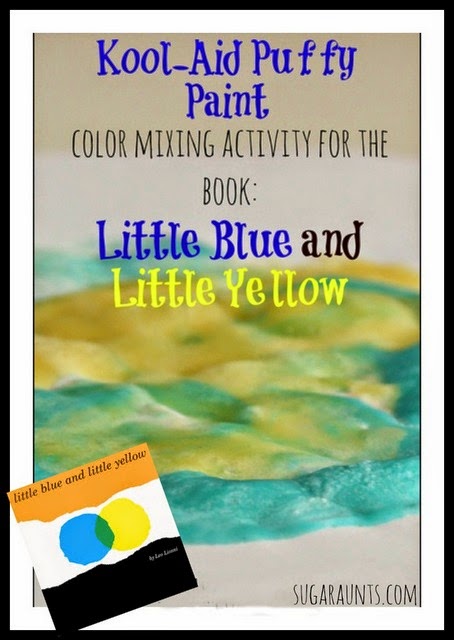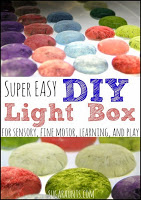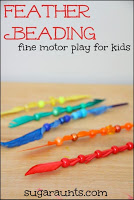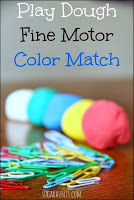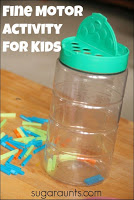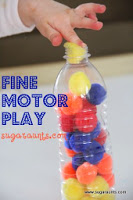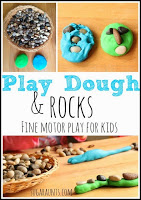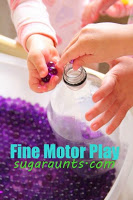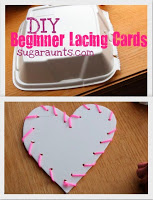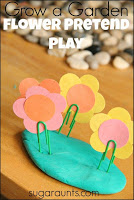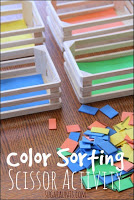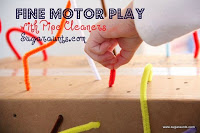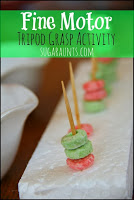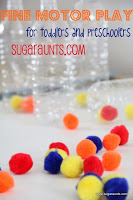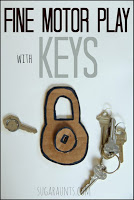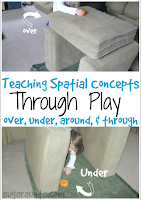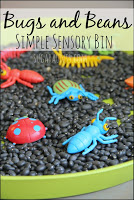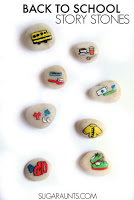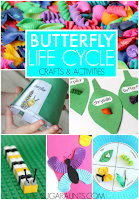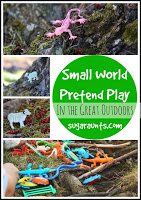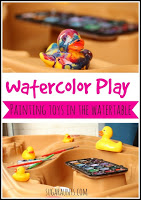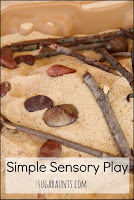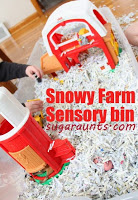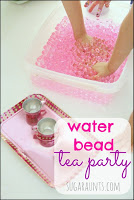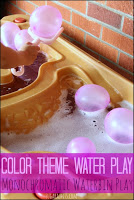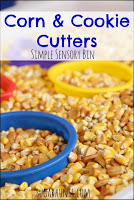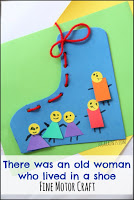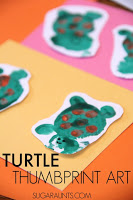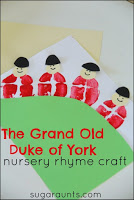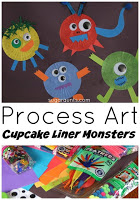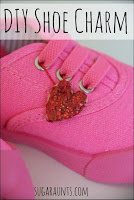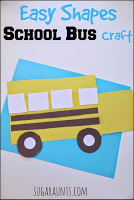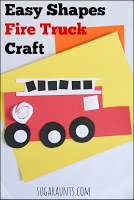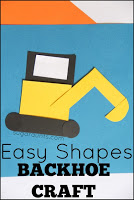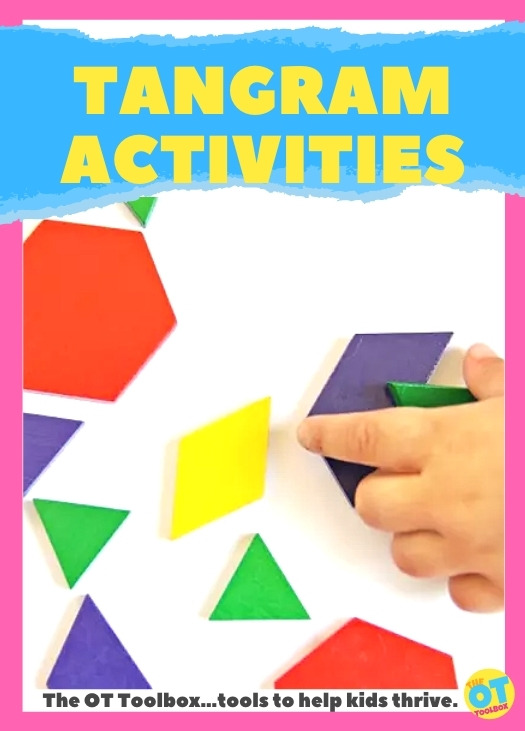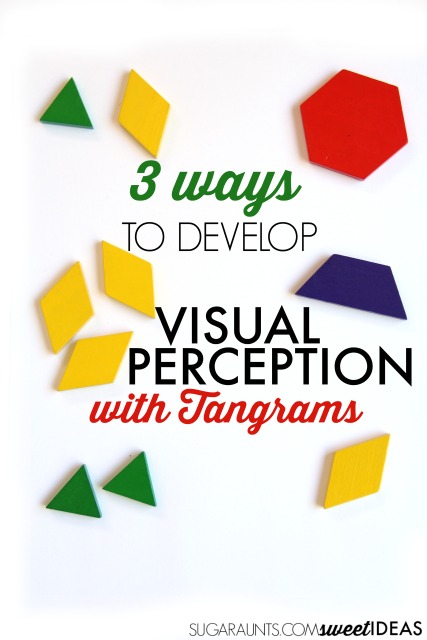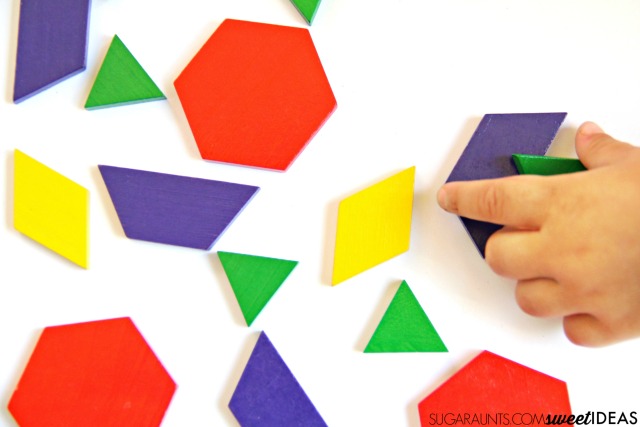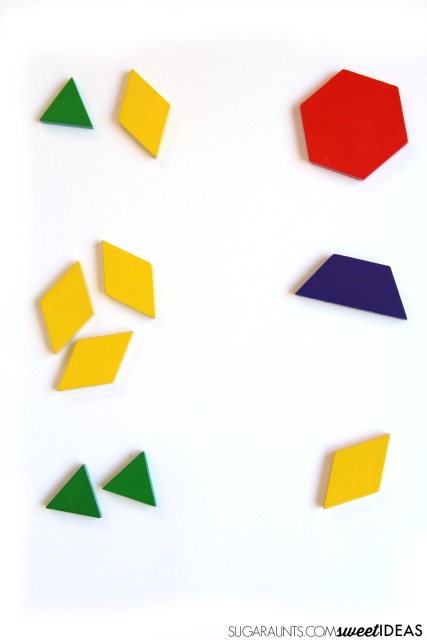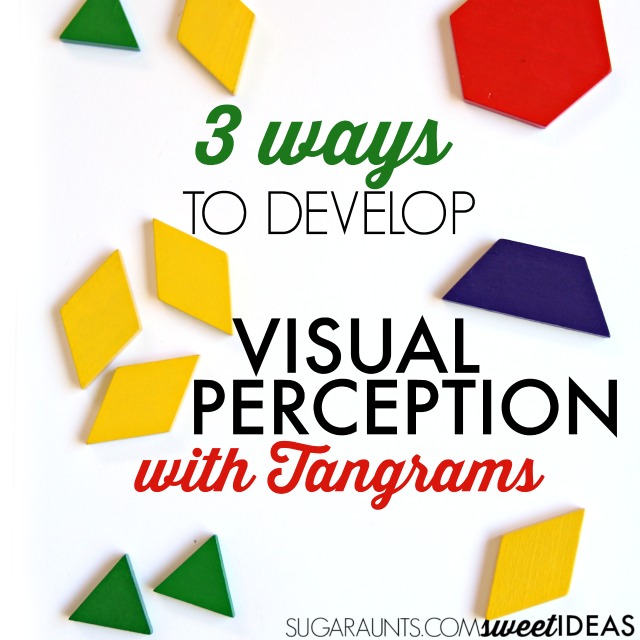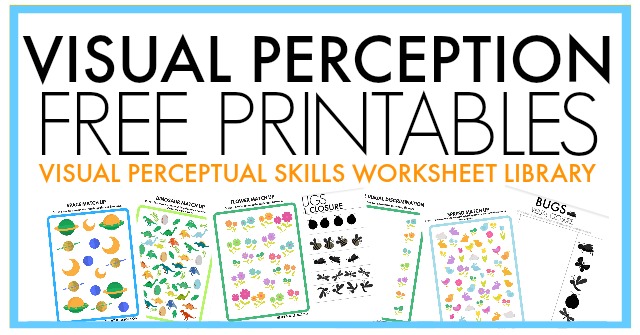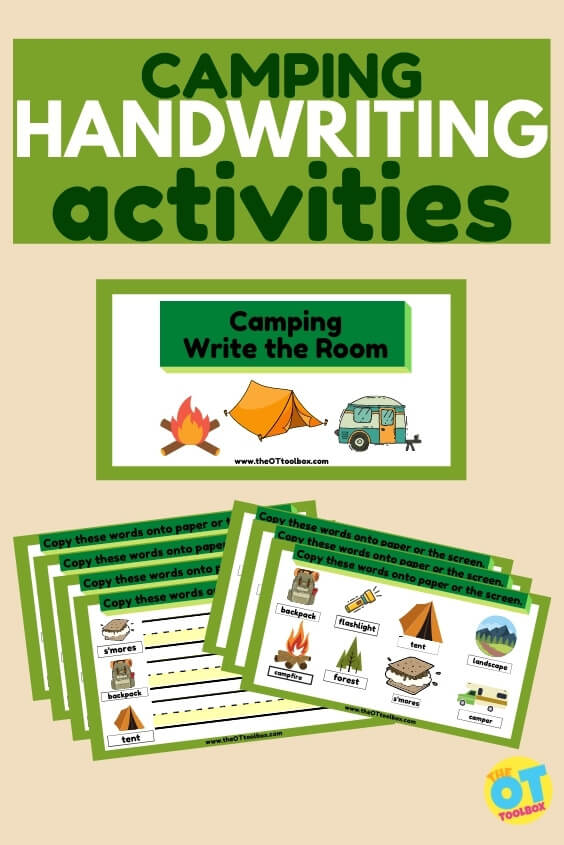Below are kindergarten activities that promote development of skills needed during the kindergarten year. These are great activities to use for kindergarten readiness and to help preschool and Pre-K children build the motor skills in order to succeed in their kindergarten year. You’ll find kindergarten letter activities, Kinder math, fine motor skills to build stronger pencil grasps when kindergarteners start to write with a pencil and cut with scissors. You’ll also find kindergarten sight word activities for when that time of the Kinder year comes around. Let’s have some fun with 5-6 year old activities!
Be sure to check out our tools to support name practice for kindergarten to work on name writing skills!
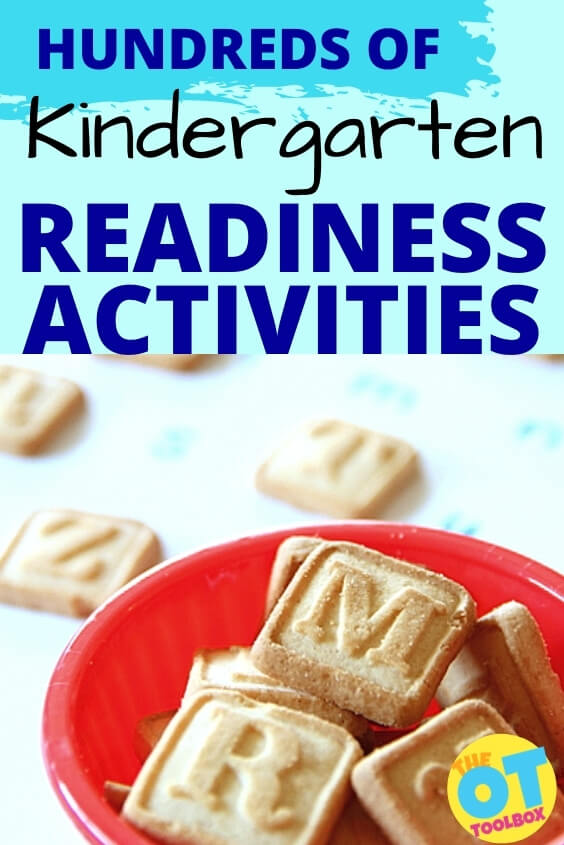
Kindergarten Activities
Kindergarten Functional Tasks
Kindergarten is the stage when children go off to school for perhaps the first time. That’s why prior to kindergarten, it’s great to “practice” a lot of the functional tasks that children will need to do once they go to kindergarten. Some of these may include:
- Managing pants
- Toileting
- Wiping
- Washing hands with soap
- Rinsing hands (removing all of the soap)
- Taking off a jacket
- Hanging a jacket on a hook
- Tying shoes (though this can come later)
- Putting on socks
- Buttoning
- Zippering
- Feeding oneself with utensils
- Opening containers
- Opening a lunch box
- Snapping a pencil box
Now…not all of these functional skills will be established for every kindergarten child…and that’s OK! Kindergarten can be the year to practice these tasks in the school environment.
Kindergarten Letter Activities
Kindergarten is all about letters, upper case and lower case letters, and sounds. They learn how letters go with sounds and work on decodable reading. These letter learning activities will help your kindergarten student with identification, sounds, and beginning reading skills.
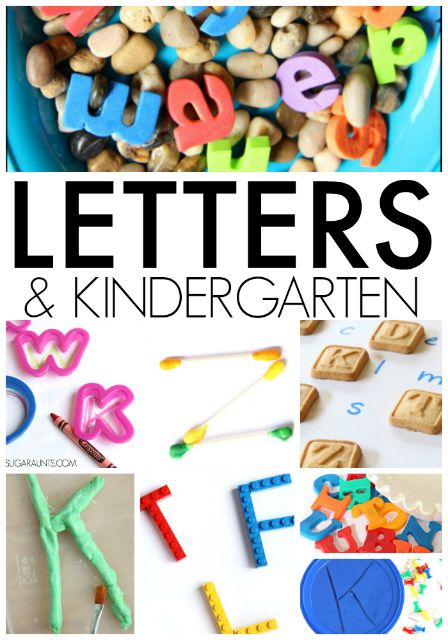
Kindergarten Math Activities
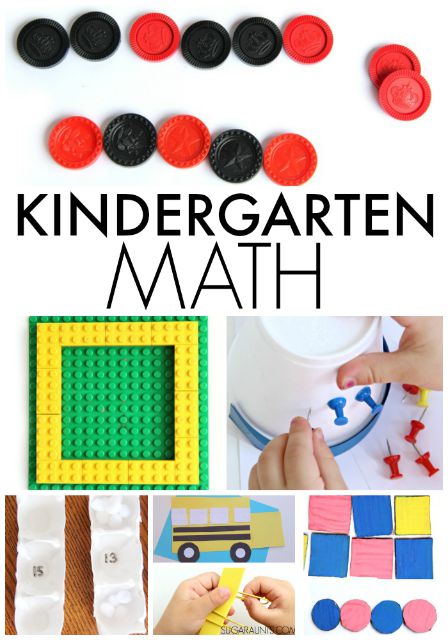
Kindergarten Sight Words and Reading:
Sight Words Manipulatives | Outdoor Pre-Reading Letter Hunt
Kindergarten Books and Activities
Extending book ideas with crafts and activities are a fun way for Kindergarten students to become engaged with reading. Listening to an adult read is a powerful tool for pre-readers. They learn language, speech, articulation, volume, and tone of voice. These book related activities will extend popular stories and engage your Kindergartner.
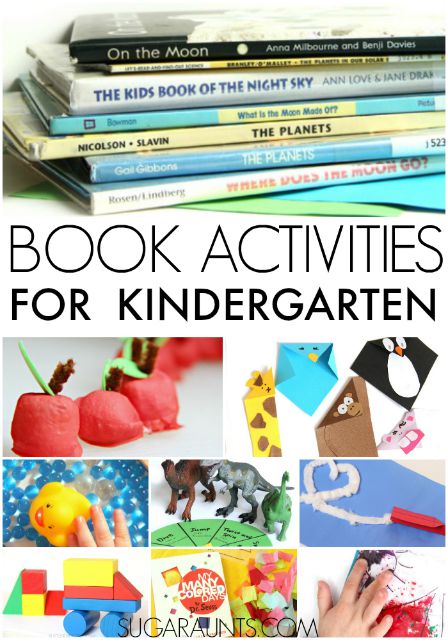

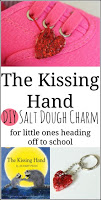

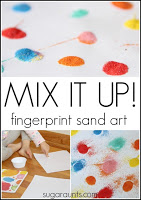

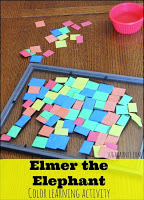

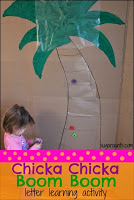

The Kissing Hand Salt Dough Charm | Mix It Up Fingerprint Art Candle | Elmer the Elephant Visual Perceptual Puzzle | Chicka Chicka Boom Boom Letter Learning
Kindergarten Fine Motor Play
What play ideas can you come up with using common tools? These items are GREAT ways to build hand strength and dexterity that will be needed in kindergarten for pencil grasp development and endurance in handwriting.
- tweezers
- tongs
- beads
- toothpicks
- hole puncher
- peg boards
- lacing cards
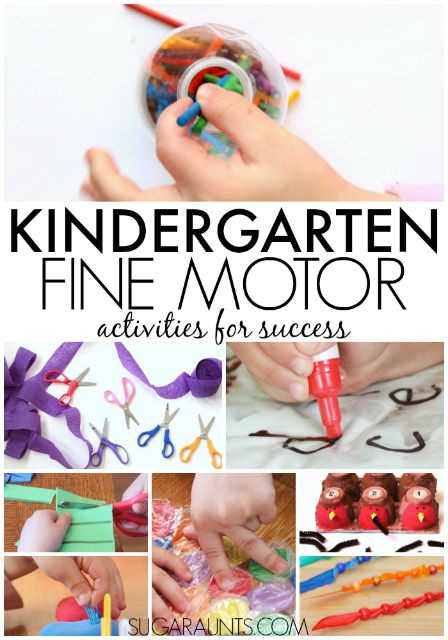

Kindergarten Play:
Play in Kindergarten is essential for so many areas. Kindergartners are young students who need brain breaks from desk work. Not only for that reason, but for turn-taking, language, social interaction, self-confidence, problem-solving, and interaction, play is an important part of your Kindergarten student’s daily lives.
Play builds skills! Check out this post on the incredible power of play. Play helps kids learn and develop cognitive experiences and the neural connections that impact their educational career, beginning right now! Occupational therapists know that play is the primary occupation of children, but what’s more is that play builds the very skills that kids need to learn and develop.
Kindergarteners can gain valuable input through play:
- Cognition
- Problem Solving
- Executive Functioning Skills
- Attention
- Strength
- Balance
- Visual Motor Integration
- Visual Processing
- Sensory Integration
- Self Regulation
- Language Development
- Self-Confidence
- Fine Motor Skills
- Gross Motor Skills
- Social Emotional Development
- Stress Relief
- Behavior
- Imagination
- Creativity
Try these play ideas in the classroom or at home for fun learning (through play)!
Kindergarten Crafts
Crafts in Kindergarten are a great tool for so many areas. Students can work on direction following, order, patterns, task completion, scissor skills, fine motor dexterity, tool use, and more by completing crafts in Kindergarten.
Kindergarten crafts can have one or more of the areas listed here to help and build skills:
- Scissor practice (placing on hand and opening/closing the scissors)
- Exposure to different textures and art supplies
- Practice with using a glue stick and bottle of squeeze glue
- Practice cutting strait lines and stopping at point
- Practice cutting simple shapes
- Practice cutting complex shapes
- Coloring
- Painting with finger paints and paint brushes
- Experience washing hands after crafting
- Opportunities for creative expression
- Opportunities for rule-following and direction following
- Multi-step directions
- Experience copying a model for visual motor benefits
Try a few (or all!) of these Kindergarten crafts for fun arts and play with your student.
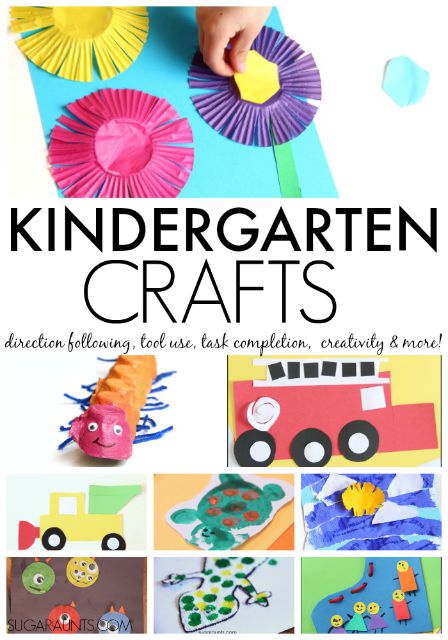

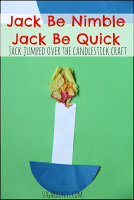

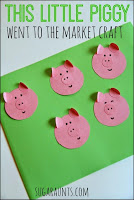

Grand Old Duke of York Craft | Process Art Monster Cupcake Liner craft | Shoe Charm craft | Caterpillar Math Craft


